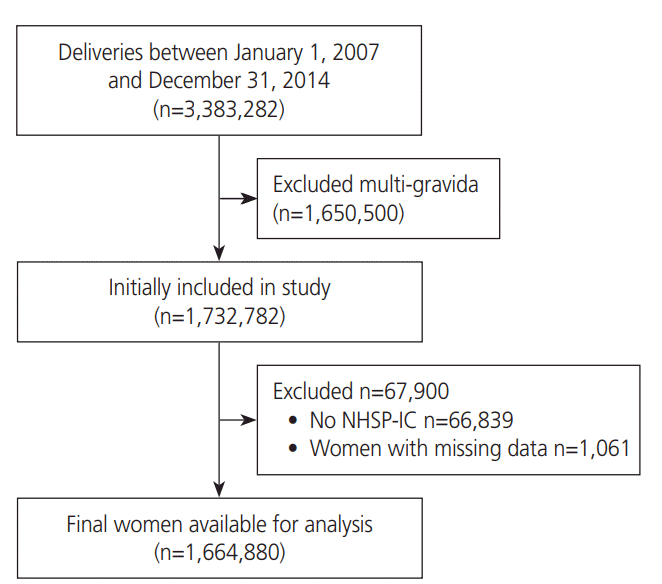1. Landsteiner K, Levine P. On individual differences in human blood. J Exp Med. 1928; 47:757–75.

2. Wiener AS. History of the rhesus blood types. J Hist Med Allied Sci. 1952; 7:369–83.

3. Anstee DJ, Tanner MJ. Biochemical aspects of the blood group Rh (rhesus) antigens. Baillieres Clin Haematol. 1993; 6:401–22.
4. Liumbruno GM, Franchini M. Beyond immunohaematology: the role of the ABO blood group in human diseases. Blood Transfus. 2013; 11:491–9.
5. Franchini M, Mengoli C, Lippi G. Relationship between ABO blood group and pregnancy complications: a systematic literature analysis. Blood Transfus. 2016; 14:441–8.
6. Yu H, Xu N, Li ZK, Xia H, Ren HT, Li N, et al. Association of ABO blood groups and risk of gastric cancer. Scand J Surg. 2019; 1457496919863886.

7. Paquette M, Dufour R, Baass A. ABO blood group is a cardiovascular risk factor in patients with familial hypercholesterolemia. J Clin Lipidol. 2018; 12:383–389. e1.

8. Witsenburg CP, Rosendaal FR, Middeldorp JM, Van der Meer FJ, Scherjon SA. Factor VIII levels and the risk of pre-eclampsia, HELLP syndrome, pregnancy related hypertension and severe intrauterine growth retardation. Thromb Res. 2005; 115:387–92.

9. Seyfizadeh N, Seyfizadeh N, Yousefi B, Borzoueisileh S, Majidinia M, Shanehbandi D, et al. Is there association between ABO blood group and the risk factors of unfavorable outcomes of pregnancy? J Matern Fetal Neonatal Med. 2015; 28:578–82.

10. Duerbeck NB, Seeds JW. Rhesus immunization in pregnancy: a review. Obstet Gynecol Surv. 1993; 48:801–10.
11. Alpoim PN, de Barros Pinheiro M, Junqueira DR, Freitas LG, das Graças Carvalho M, Fernandes AP, et al. Preeclampsia and ABO blood groups: a systematic review and meta-analysis. Mol Biol Rep. 2013; 40:2253–61.

12. Phaloprakarn C, Tangjitgamol S. Maternal ABO blood group and adverse pregnancy outcomes. J Perinatol. 2013; 33:107–11.

13. Scott JR, Beer AA. Immunologic aspects of pre-eclampsia. Am J Obstet Gynecol. 1976; 125:418–27.

14. Finning K, Martin P, Summers J, Daniels G. Fetal genotyping for the K (Kell) and Rh C, c, and E blood groups on cell-free fetal DNA in maternal plasma. Transfusion. 2007; 47:2126–33.

15. Andersen AS, Praetorius L, Jørgensen HL, Lylloff K, Larsen KT. Prognostic value of screening for irregular antibodies late in pregnancy in rhesus positive women. Acta Obstet Gynecol Scand. 2002; 81:407–11.

16. Thompson PJ, Greenough A, Brooker R, Nicolaides KH, Gamsu HR. Antenatal diagnosis and outcome in hydrops fetalis. J Perinat Med. 1993; 21:63–7.

17. Kobets TV, Usachenko IE. Risk factors of complicated postnatal period in low birth weight infants. Tsitol Genet. 2001; 35:49–53.
18. Fan J, Lee BK, Wikman AT, Johansson S, Reilly M. Associations of rhesus and non-rhesus maternal red blood cell alloimmunization with stillbirth and preterm birth. Int J Epidemiol. 2014; 43:1123–31.

19. Zipursky A, Bhutani VK, Odame I. Rhesus disease: a global prevention strategy. Lancet Child Adolesc Health. 2018; 2:536–42.

20. Bel Hadj I, Boukhris R, Khalsi F, Namouchi M, Bougmiza I, Tinsa F, et al. ABO hemolytic disease of newborn : does newborn’s blood group a risk factor? Tunis Med. 2019; 97:455–60.
21. Fyfe TM, Ritchey MJ, Taruc C, Crompton D, Galliford B, Perrin R. Appropriate provision of anti-D prophylaxis to RhD negative pregnant women: a scoping review. BMC Pregnancy Childbirth. 2014; 14:411.

22. Khan KS, Wojdyla D, Say L, Gülmezoglu AM, Van Look PF. WHO analysis of causes of maternal death: a systematic review. Lancet. 2006; 367:1066–74.

23. May D. Letter: Maternal blood group A and pre-eclampsia. BMJ. 1973; 4:738.

24. Lee BK, Zhang Z, Wikman A, Lindqvist PG, Reilly M. ABO and RhD blood groups and gestational hypertensive disorders: a population-based cohort study. BJOG. 2012; 119:1232–7.

25. Chen Y, Chen C, Ke X, Xiong L, Shi Y, Li J, et al. Analysis of circulating cholesterol levels as a mediator of an association between ABO blood group and coronary heart disease. Circ Cardiovasc Genet. 2014; 7:43–8.

26. Chou ST, Westhoff CM. Molecular biology of the Rh system: clinical considerations for transfusion in sickle cell disease. Hematology Am Soc Hematol Educ Program. 2009; 178–84.

27. Smits-Wintjens VE, Walther FJ, Lopriore E. Rhesus haemolytic disease of the newborn: postnatal management, associated morbidity and long-term outcome. Semin Fetal Neonatal Med. 2008; 13:265–71.





 PDF
PDF Citation
Citation Print
Print




 XML Download
XML Download